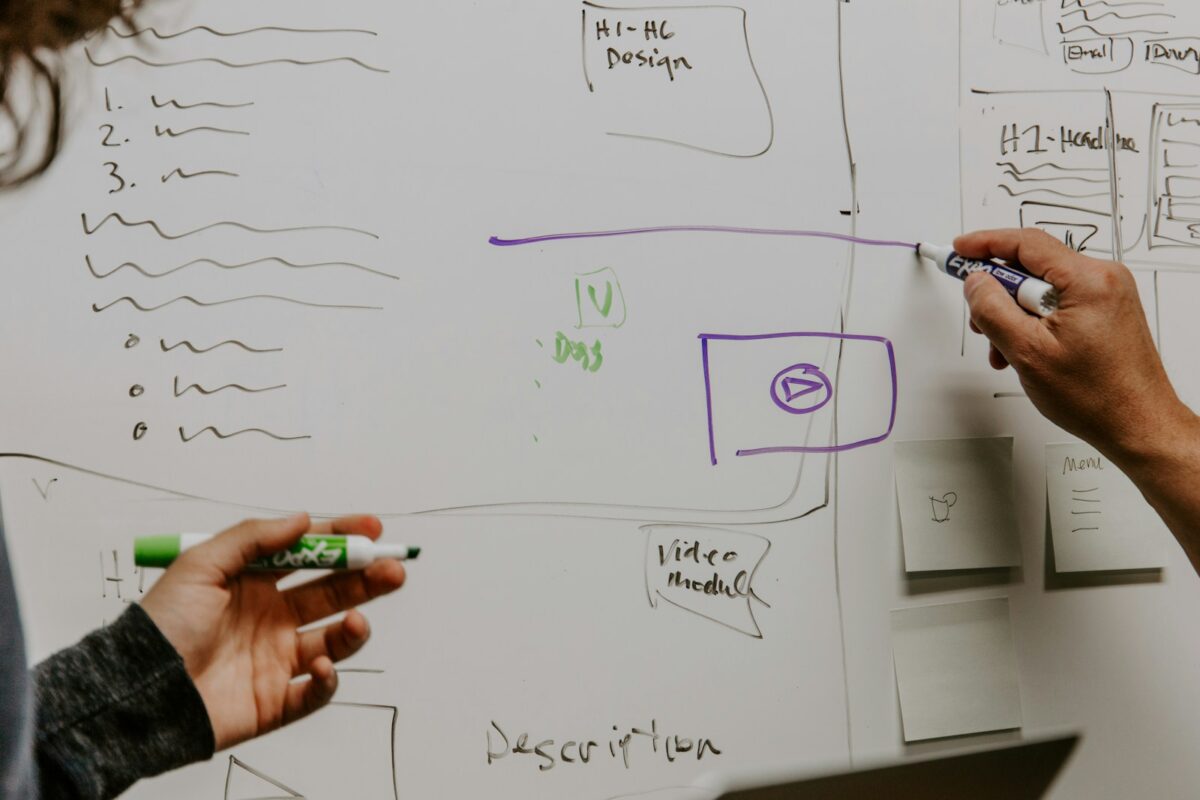
Team evaluation criteria

Assessing group performance requires clear benchmarks tied to relevant expertise and past achievements. Analyzing members’ professional background reveals the depth of skills applicable to the project’s objectives. Prior involvement in similar initiatives enhances the likelihood of successful outcomes, while documented accomplishments serve as measurable indicators of capability.
Credibility emerges from transparent research into individual contributions and collaborative dynamics. Scrutinizing how participants interact and share responsibilities offers insight into cohesion and problem-solving efficiency. Quantitative metrics combined with qualitative observations form a robust framework for judging collective potential.
Systematic examination of results linked to defined roles enables objective judgment beyond subjective impressions. Data-driven analysis highlights strengths and weaknesses that influence overall productivity, guiding informed decisions about resource allocation or further development. Establishing consistent standards supports replicability across diverse projects and contexts.
Team Evaluation Criteria
Assessing a project’s core contributors requires thorough investigation into their professional history and domain expertise. The foundation of this scrutiny lies in examining the team’s background, focusing on previous achievements, academic qualifications, and relevant industry experience. Such an approach reveals not only individual competencies but also collective synergy capable of delivering complex blockchain solutions.
The legitimacy of a project’s leadership significantly impacts its perceived credibility. Verification through cross-referenced third-party sources, including published research, patents, or contributions to open-source repositories like GitHub, provides tangible evidence of technical proficiency. This method reduces reliance on self-proclaimed skills and highlights verified accomplishments within blockchain development or cryptographic engineering.
Methodologies for Investigating Team Dynamics
A structured analysis framework involves multiple parameters: technical expertise alignment with project goals, consistency in career progression, and transparency in public communications. For example, examining a decentralized finance (DeFi) platform’s developers entails reviewing their prior involvement in smart contract programming languages such as Solidity or Rust. Additionally, participation in reputable blockchain consortia or standards committees adds weight to their professional stature.
- Research credentials: Academic degrees related to computer science or cryptography.
- Project participation: Documented roles in successful blockchain deployments.
- Community engagement: Contributions to forums, conferences, and peer-reviewed publications.
The synthesis of these factors produces a multidimensional profile critical for decision-making. A case study involving the Ethereum Foundation illustrates how developers’ extensive backgrounds–in areas ranging from distributed systems to game theory–contributed decisively to the protocol’s robustness and adaptability. This underscores the importance of diverse yet complementary skill sets within founding groups.
An effective appraisal must also factor in the organizational structure underlying team collaboration. Transparency regarding leadership roles and communication channels often correlates with higher operational reliability. Blockchain projects that disclose clear reporting hierarchies tend to mitigate risks associated with mismanagement or knowledge silos.
The interplay between individual competence and group dynamics forms a critical axis for understanding potential project success. Continuous monitoring of updates related to developer activities–including social media presence and code audits–offers real-time insights into evolving capabilities. This iterative process fosters informed decisions grounded in empirical data rather than speculation.
Measuring Individual Contribution
Quantifying the input of each member in a blockchain project requires a multifaceted approach combining data-driven analysis and qualitative assessment. A robust method involves mapping individual contributions against specific milestones, such as code commits, research publications, or strategic decisions, while cross-referencing these with the project’s overall progress and credibility metrics.
Experience and background play pivotal roles in determining the value brought by each contributor. For example, a developer with extensive cryptographic expertise may provide critical smart contract optimizations that drastically reduce gas costs, whereas a researcher with a deep understanding of consensus algorithms might enhance security protocols. Recognizing these distinctions is vital for accurate contribution measurement.
Frameworks for Quantitative and Qualitative Assessment
Effective contribution analysis begins with tracking tangible outputs through version control systems like GitHub, which offer detailed logs of code changes linked to individual profiles. This objective data can be supplemented by peer reviews and external audits that validate the quality and impact of those changes on project stability and performance.
A complementary approach involves evaluating participants’ research efforts, including whitepapers authored or co-authored, participation in academic conferences, or patents filed. These activities contribute significantly to the project’s intellectual capital and credibility within the blockchain ecosystem.
- Background verification: Confirming prior experience in relevant fields (e.g., cryptography, distributed systems) using professional records enhances trustworthiness assessments.
- Impact quantification: Measuring how specific contributions influence project benchmarks such as transaction throughput or security resilience offers concrete evaluation metrics.
The integration of diverse data points enables comprehensive profiling of contributors beyond superficial indicators. For instance, an engineer’s background in systems architecture might explain their efficiency in optimizing network latency–an insight gained only through detailed historical analysis rather than simple output counts.
This layered methodology encourages continuous monitoring and iterative refinement of contribution tracking models. Applying machine learning algorithms to aggregated data sets can uncover latent patterns linking individual actions to project success factors. Such findings empower stakeholders to allocate resources more effectively while maintaining transparency and fairness throughout collaborative development cycles.
Assessing Communication Skills
Effective communication within a development group is a fundamental component impacting the success of any blockchain initiative. The background of each participant–including their previous roles and exposure to multidisciplinary environments–directly influences how information flows across the collective. Analytical methods focusing on message clarity, responsiveness, and technical articulation provide measurable benchmarks that help discern the functional interaction quality between members.
Structured analysis of communicative exchanges during project phases reveals patterns critical for refining collaborative workflows. For instance, research into decentralized finance (DeFi) projects has shown that teams demonstrating transparent, consistent updates tend to mitigate risks related to misaligned objectives or delayed problem resolution. Such findings emphasize the need for rigorous scrutiny of dialogue efficiency as a metric beyond mere task completion rates.
Technical Indicators in Communication Assessment
One practical approach involves quantifying response times and the precision of conveyed technical concepts, especially when introducing protocol modifications or security audits. Case studies from layered blockchain protocols illustrate that groups with documented jargon standardization and cross-validation procedures maintain higher credibility in peer reviews. This suggests adopting linguistic uniformity alongside real-time feedback mechanisms can elevate overall informational integrity.
Additionally, comparative research highlights that teams employing asynchronous communication tools supplemented by periodic synchronous sessions achieve improved cohesion without sacrificing agility. Monitoring these interactions through sentiment analysis and topic modeling provides an objective lens for understanding underlying dynamics affecting mutual comprehension and decision-making efficacy within complex distributed networks.
Evaluating Task Completion Quality
Accurate assessment of task completion quality hinges on a structured set of benchmarks reflecting the depth of project execution and technical precision. Key factors include thoroughness of research, alignment with predefined objectives, and adherence to established protocols within the development cycle. Incorporating quantitative metrics such as defect density, code coverage, and performance benchmarks offers objective insight into deliverable reliability.
Prior experience of contributors significantly influences output integrity; analyzing historical data on similar projects provides context for expected standards. Evaluators must scrutinize both the methodological rigor applied during task execution and the relevance of each action to overarching project goals, ensuring that outputs are not only complete but also functionally coherent.
Technical Background Verification
Assessing the expertise background of participants is vital for interpreting task results accurately. Individuals or groups with proven proficiency in blockchain architectures or cryptographic protocols tend to produce more robust and secure solutions. Verification involves reviewing prior work portfolios, contributions to open-source projects, and published research within relevant domains.
For example, a team with extensive experience in smart contract auditing typically demonstrates superior flaw detection capabilities compared to novices. Cross-referencing submitted tasks with documented knowledge bases helps confirm authenticity and enhances credibility judgments.
Analytical Review Processes
A systematic analytical approach entails decomposing completed tasks into discrete components for detailed examination. Techniques such as static code analysis, formal verification methods, and performance profiling serve as instrumental tools for uncovering hidden vulnerabilities or inefficiencies. This granular inspection supports objective conclusions regarding compliance with technical specifications.
- Static Code Analysis: Detects syntactical errors and potential security breaches without executing code.
- Formal Verification: Applies mathematical proofs to validate correctness relative to protocol standards.
- Performance Profiling: Measures resource consumption and throughput under various conditions.
Research-Informed Benchmarking
The integration of peer-reviewed studies and industry reports establishes a benchmark framework against which task outputs can be measured. For instance, referencing transaction throughput limits from recent blockchain scalability research allows precise calibration of performance expectations. Such comparative analyses ensure that assessments remain anchored in empirical evidence rather than subjective judgment.
Cumulative Project Impact Assessment
An encompassing review evaluates not only isolated task quality but also its contribution toward cumulative project milestones. This includes verifying whether individual components integrate seamlessly into the broader system architecture without introducing regressions or inconsistencies. Emphasis on modular compatibility and adherence to version control policies substantiates sustainable development practices.
Credibility Validation Through Documentation
The final facet involves corroborating claims via comprehensive documentation detailing methodology, encountered challenges, and resolution strategies. Transparent record-keeping facilitates reproducibility checks and fosters trust among stakeholders assessing deliverables remotely. Well-maintained logs combined with explicit rationale behind design decisions enhance credibility beyond mere functional correctness.
Conclusion on Tracking Collaboration Frequency
Prioritizing the analysis of interaction regularity among contributors provides a quantifiable dimension for assessing the credibility and background robustness behind any decentralized initiative. Empirical data illustrating consistent engagement patterns reveal not only individual experience, but also collective operational resilience, directly influencing project sustainability.
Methodical observation combined with network analytics enables researchers to distinguish genuine teamwork from superficial participation. This approach sharpens the lens through which one appraises contributor reliability, making it an indispensable metric within broader validation frameworks.
Broader Impact and Future Perspectives
- Quantitative metrics: Leveraging blockchain activity logs alongside off-chain communications can automate trust scoring models grounded in collaboration frequency, reducing subjective bias inherent in traditional assessments.
- Differentiation by role and expertise: Mapping collaboration intensity against specific functional domains clarifies how diverse skill sets integrate, revealing gaps or redundancies that influence project outcomes.
- Evolving benchmarks: As decentralized ecosystems mature, these interaction patterns will inform adaptive evaluation protocols that dynamically recalibrate based on contextual factors such as protocol upgrades or market shifts.
- Integration with AI-driven tools: Advanced machine learning algorithms have potential to detect nuanced behavioral signals embedded in collaborative timelines, forecasting contributor commitment trajectories and preempting risks linked to attrition or conflict.
The intersection of rigorous research methodologies with real-world data empowers stakeholders to make informed decisions about participant reliability grounded in measurable activity rather than mere reputation. Such empirical scrutiny fosters transparency and enhances governance models critical for complex blockchain projects seeking longevity beyond initial hype cycles.
This analytical framework invites further experimentation: how might varying temporal windows affect signal clarity? Could cross-chain collaborations introduce new dimensions to measurement? Answers lie within ongoing studies expanding this paradigm, reinforcing that collaboration frequency is not just a static indicator but a dynamic tool shaping future innovation pathways in decentralized development.


